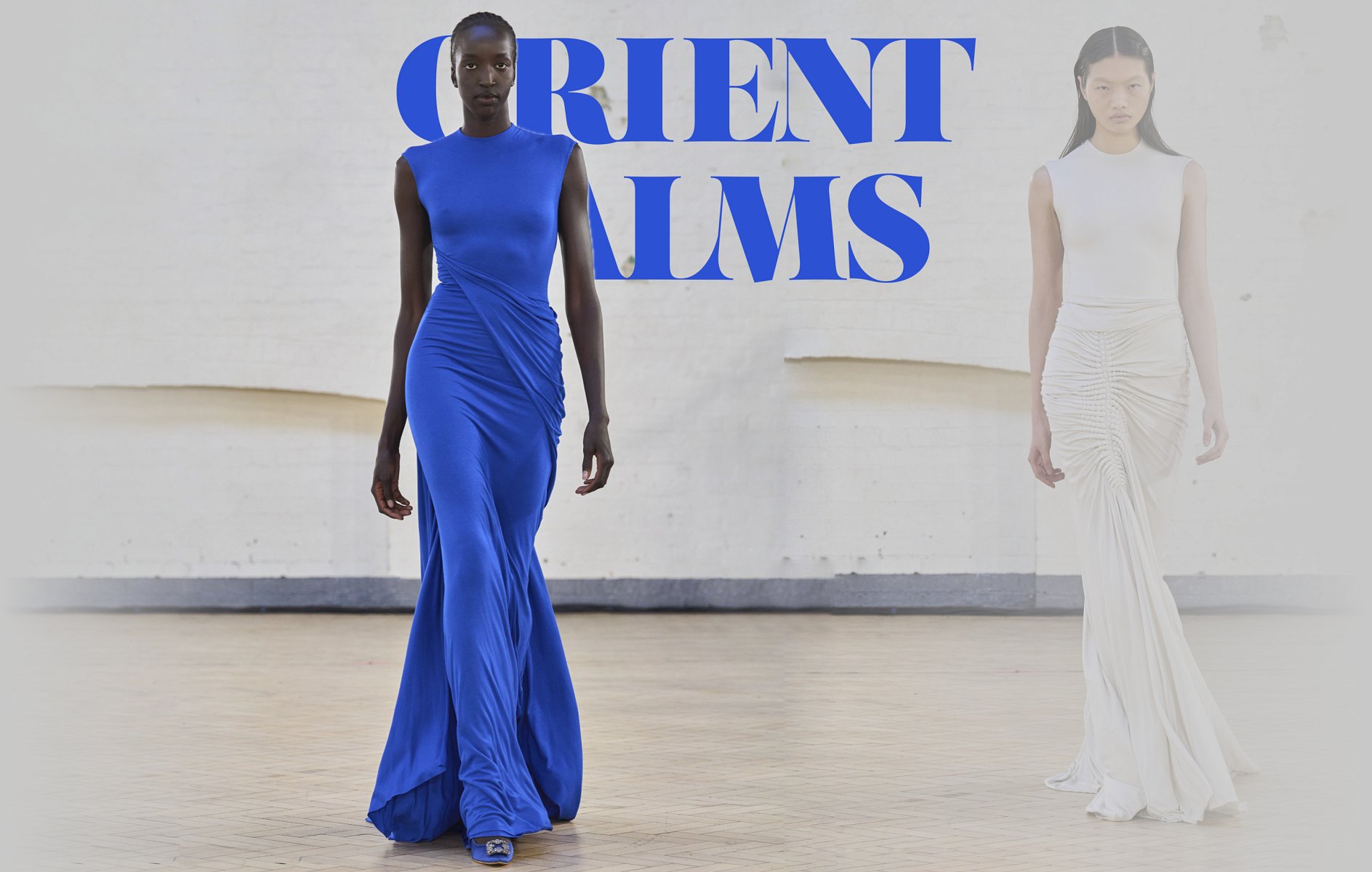Open the Secrets of Timeless Eastern Put On
Checking out the enigmatic world of timeless Eastern wear digs into a realm where background, virtuosity, and society converge to create garments that transcend simple textile and string. The complex tapestry of practice interwoven with modern components supplies a glance right into a globe where every stitch narrates, every theme a sign of value. Introducing the keys behind these productions introduces a tapestry of heritage waiting to be untangled, welcoming one to trip via the angelic appeal and aura of Eastern fashion.
History of Eastern Fashion
The history of Eastern style days back centuries, reflecting the rich cultural heritage and traditions of varied areas throughout Asia. Each region boasts its one-of-a-kind designs, materials, and styles that have been influenced by factors like environment, faith, social condition, and trade routes. eastern wear pakistan. The detailed silk garments of China represent beauty and sophistication, while the lively saris of India showcase a kaleidoscope of colors and patterns.
In Japan, the bathrobe has actually been a sign of custom and refinement for generations, with various styles worn for numerous celebrations. The history of Eastern fashion is a tapestry of technology and custom, mixing old methods with modern impacts to produce an ever-evolving and vibrant industry.
Value of Conventional Clothing
Traditional outfit works as a cultural symbol, embodying the values, beliefs, and heritage of communities in Eastern societies. eastern wear pakistan. These garments are not merely pieces of material however are symbolic representations of the rich history and traditions passed down through generations. In Eastern cultures, traditional outfit plays a significant role in ceremonies, festivals, and every day life, showing the social status, regional associations, and also marital condition of individuals
The significance of traditional attire goes past looks; it is a means for people to link with their roots and express satisfaction in their social identification. Each garment, from the intricate sarees of India to the moving hanboks of Korea, brings with it a story of craftsmanship, importance, and significance that is deeply embedded in the textile of society.
In addition, typical attire functions as a visual language, interacting stories of unity, strength, and victory. By wearing these garments, individuals not only recognize their heritage but also add to the preservation and party of their cultural legacy.
Development of Eastern Embroideries
How have Eastern needleworks developed over time to reflect transforming creative fads and cultural influences? Eastern needleworks have an abundant background that extends centuries and have continuously evolved to include varied cultural impacts and respond to moving imaginative fads. The development of Eastern needleworks can be traced back to ancient human beings where complex designs were hand-stitched onto materials making use of conventional methods. For many years, these embroideries have actually adjusted to reflect the altering tastes and choices of various areas and ages.

Today, Eastern embroideries proceed to advance, mixing traditional craftsmanship with modern design sensibilities to find more produce ageless items that celebrate the charm of multiculturalism and imaginative advancement.
Glamorous Fabrics in Eastern Use
Extravagant fabrics play an essential function in boosting the aesthetic appeal and quality of Eastern wear, boosting the total attraction and refinement of conventional garments. Eastern wear is renowned for its luxurious fabrics that not only reflect the area's abundant social heritage yet likewise represent beauty and elegance. Silk, a material identified with deluxe, is often utilized in crafting Eastern clothes, giving a glossy shine and a soft, smooth structure. The fine threads of silk not only curtain beautifully but also include a touch of extravagance to attire.
In addition to silk, materials like chiffon, velvet, and brocade are additionally commonly featured in Eastern wear. These extravagant materials not just raise the aesthetic allure of Eastern wear yet additionally make sure a sense of improvement and sophistication that transcends time.
Incorporating Eastern Fashion Today
In modern fashion landscapes, the assimilation of Eastern influences presents a harmonious fusion of cultural heritage and modern appearances. Developers and style fanatics alike are welcoming the rich tapestry of Eastern style, incorporating standard components right into modern-day silhouettes and designs. From intricate needlework to vivid shades and lavish textiles, Eastern fashion today uses a diverse series of choices that satisfy a global target market.
One means Eastern style is making its mark in contemporary wardrobes is through the adjustment of traditional garments such as the robe, saree, or qipao right into home daily wear. These pieces, once reserved for special celebrations, are currently reimagined in more casual kinds, permitting for their incorporation into everyday fashion choices. Additionally, the usage of typical patterns and themes in Western-style clothes adds a touch of unique beauty to modern clothing.

Conclusion
In final thought, discovering the rich history, value, and development of Eastern fashion introduces an ingrained connection to heritage and worths. The glamorous fabrics and complex needleworks of Eastern use display the adaptability and timelessness of typical styles. Integrating Eastern affects in contemporary fashion enables a blend of custom and innovation, developing a harmonious equilibrium between the past and the existing.
Glamorous fabrics play an essential role in boosting the aesthetic allure and quality of Eastern wear, boosting the overall appeal and sophistication of standard garments. Designers and fashion enthusiasts alike are accepting the abundant tapestry of Eastern fashion, including conventional components into contemporary shapes and styles. From elaborate needlework to vibrant colors and elegant fabrics, Eastern fashion today supplies a diverse variety of choices that provide to a global audience.
One method Eastern style is making its mark in contemporary closets is with the adjustment of traditional garments such as the kimono, saree, or qipao into daily wear. The lavish materials and complex needleworks of Eastern wear showcase the versatility and timelessness of typical layouts.